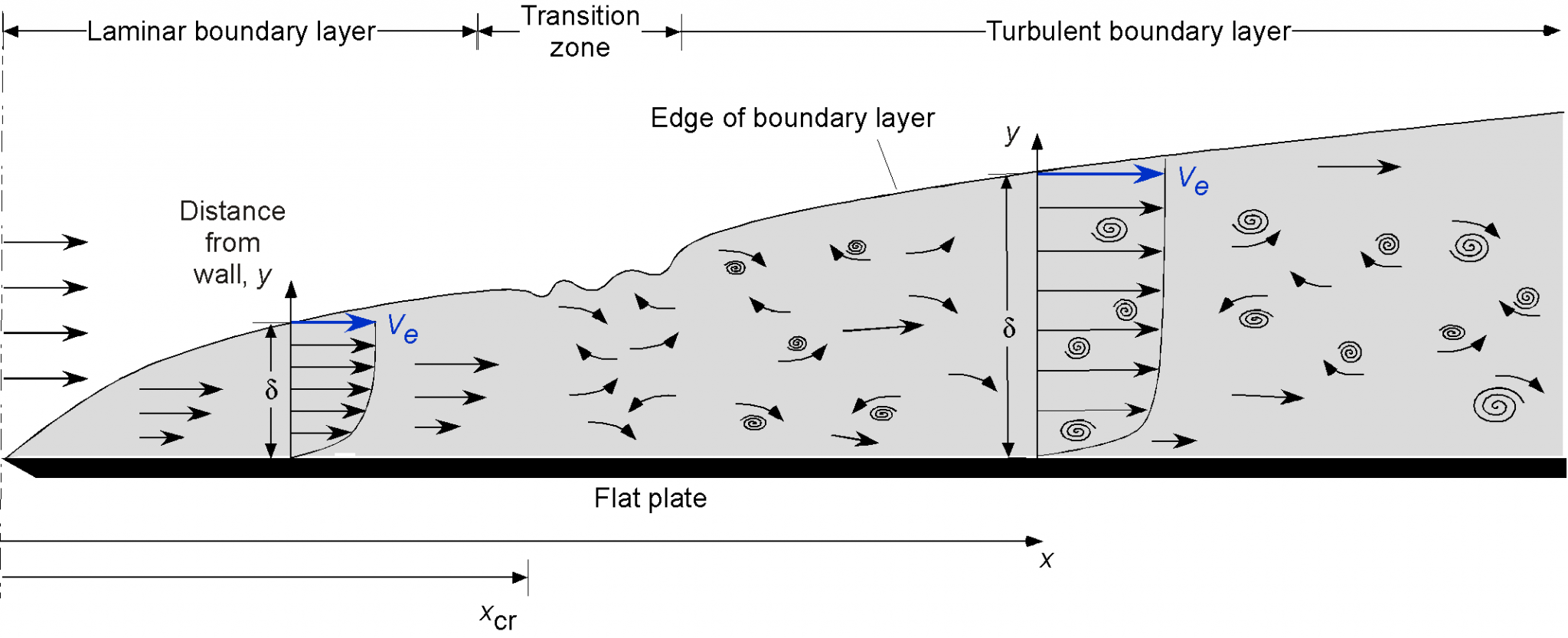Aperçu des sections
General Informations
Target audience: 3rd year Bachelor's Degree in Process Engineering
Course Title: Heat transfer
Credit: 04
Coefficient: 02
Duration: 15 weeks, (01H30 : Course and 01H30: Tutorial)
Schedule: Sunday, from 08:00 to 09:30 and from 11:00 to 12:30
Classroom: 22Instructor: Dr. Mohamed BOUTI
- In the office: Sunday from 09:30 to 11:00
Contact: bouti.m@centre-univ-mila@dz.
Availability:
- Response on the forum: Any question related to the course should be posted on the dedicated forum so that all of you can benefit from my answer. I commit to responding to questions posted within 24 hours.
- By email: I commit to responding by email within 24 hours of receiving the message, except in unforeseen circumstances.Teaching objectives

By the end of the course, the student will be able to:
- Recognize the fundamental concepts of heat transfer ;
- Identify the fundamental principles and laws of heat transfer ;
- Analyze heat transfer systems through the application of these principles ;
- Explore the implication of these principles for system behavior;
- Develop the problem-solving skills essential to good engineering practice of heat transfer in real-world applications.
Prerequisites

To be able to make the most of this course, students are assumed to have completed the following:
- Basic physics and calculus sequence ;
- The first courses in thermodynamics, fluid mechanics, and,
- Differential equations.
Global plan
Chapter 01: Basics of heat transfer
Chapter 02: Conduction heat transfer
Chapter 03: Convection heat transfer
Chapter 04: Fundamentals of thermal radiation
CHAPTER 01 : Basics of heat transfer
Intermediate objectives :
At the end of this course, the student will be able to :
- Understand the basic mechanisms of heat transfer and laws governing each mode ;
- Identify the mechanisms of heat transfer that occur simultaneously in practice ;
- Solve various heat transfer problems encountered in practice.

Kindly submit questions in this area.
CHAPTER 02 : Conduction heat transfer
At the end of this chapter, you will be able to:
- Develop a deeper understanding of Fourier's law ;
- Discuss the general heat conduction equation ;
- Recognize the temperature distribution ;
- Examine situations for conduction heat transfer under one-dimensional, steady-state conditions ;
- Develop an intuitive understanding of thermal contact resistance ;
- Analyze finned surfaces.

Kindly submit questions in this area.
CHAPTER 03 : Convection heat transfer
At the end of this chapter, you will be able to:
- Understand the physical mechanism of convection ;
- Illustrate the evolution of velocity and thermal boundary layers during fluid flow over surfaces ;
- Develop a comprehensive understanding of the dimensionless Reynolds, Prandtl, and Nusselt numbers ;
- Evaluate the drag and heat transfer associated with flow over a flat plate for both laminar and turbulent flow ;
- Calculate the drag force exerted on cylinders during cross flow, and the average heat transfer coefficient.

Kindly submit questions in this area.
Resources
- Yunus A. Çengel, Introduction to Thermodynamics and Heat Transfer, 2nd edition, McGraw-Hill Science/Engineering/Math (2007)
- Yunus A. Çengel, Heat Transfer A Practical Approach, 2nd edition ( 2002)
- Theodore L. Bergman, Adrienne S. Lavine, Frank P. Incropera, David P. De Witt Fundamentals of Heat and Mass Transfer, 8th Edition, John Wiley & Sons, Inc. ( 2011)

